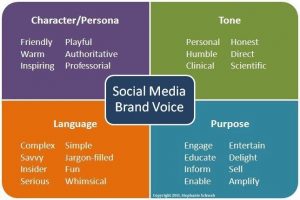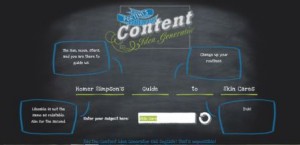If you’re a B2B company looking at implementing an eCommerce site, or increasing the capabilities of the B2B eCommerce site you already have, you need to define ERP requirements to ensure your site is integrated with your ERP in a way that meets the current and future needs of your customers.
Many companies run an eCommerce site without integrating it with their ERP. Doing so, however, limits the effectiveness and functionality these companies will be able to offer their customers. While a company may save money by running the systems separately in the short term, it could be a strategic mistake over the long term that will hamper the ROI of their entire B2B eCommerce channel.
The costs of failing to integrate ERP with your B2B eCommerce system can include the need to manually reenter invoices and orders (leading to higher labor costs and lower order accuracy), discrepancies between orders and customer data, an inability to provide real time inventory information, and reduced customer satisfaction.
When you are looking at setting up your B2B eCommerce channel, an important first step is to define ERP requirements and touch points so that you can avoid these costs.
Understanding the Challenges
For many companies, it can be challenging to define ERP integration requirements. This is especially true for more established companies that may be running an older version of an ERP that may not have been upgraded in some time.
Challenges of integrating ERP and B2B eCommerce include:
1. Business complexity
B2B commerce is generally more complex than B2C due to the long-term, established relationships with customers and different business rules that apply. Rules around inventory, discounts and promotions, payments and credit, delivery and reordering require tight integration between your back-office ERP system and the customer facing front-end of your eCommerce system.
2. Changing customer expectations
According to eCommerce and B2B, 80% of B2B companies implementing eCommerce believe that their customers’ expectations have changed due to B2C practices.
As we’ve discussed previously, most B2B buyers are also B2C customers in their life outside work. This means they come to your site with preconceived ideas about what capabilities your eCommerce experience should provide. Since the B2C eCommerce space is highly competitive, B2C companies are continually improving the technology and capabilities that their shopping sites can handle. These advances set a high bar for what B2B customers expect from their shopping experience.
3. No single source of data
Companies may be running a cobbled together collection of applications to achieve various business goals: an ERP to manage financial data, a warehouse management system to handle warehouse and inventory data, a sales order system to manage orders, and so forth. It’s important to determine which system is the “source of truth” for financial, customer and inventory data.
Define ERP Requirements for eCommerce
So how do you define how your ERP and B2B eCommerce are connected? You need to first take a look at your current customers – their expectations and the business rules they are used to working under. What can they do now? What do they expect to be able to do? What might they expect in the near future?
Let’s look at five of the most common business rules that your ERP and B2B eCommerce platform should be able to handle together.
Inventory:
Many B2B eCommerce customers expect real-time access to stock and inventory levels. They don’t want to place an order only to find that you can’t fill it, since this impacts their ability to deliver products on time and meet the needs of their customers.
Personalization:
Many B2B customers are used to working with a live sales rep who understands their business needs and can provide a personalized experience in terms of the products shown, pricing and promotions for which the customer is eligible, as well as delivery scheduling. The eCommerce site needs to provide an experience that is just as personalized.
Past, Scheduled and Repeat Orders:
Past orders often serve as a guide for reorders and indeed, a customer may have a “standing” or repeat order that they either place manually as needed, or at scheduled times. B2B eCommerce websites should be able to support this.
Payments:
One major difference between B2B and B2C eCommerce is that B2B is more likely to use methods like net payment terms that are set up and maintained in the ERP system, than online methods such as debit and credit card payments. You’ll need to define what payment methods and/or terms you’ll be offering on your B2B eCommerce site.
Cross Channel Management:
B2B customers may start transactions in one channel, (like your mobile commerce channel) and then want to switch to desktop eCommerce or a conversation with a sales rep to finish placing the order. You’ll need to define the touchpoints for integration between your ERP, field sales channel, mobile commerce channel, and desktop eCommerce channels in order to accommodate this.
In a sense, one role of the eCommerce application you choose is as a window for your customers into the back-end of your business. When you define ERP requirements, you are essentially determining what your customers need to see and how far to pull back the curtains. This means looking carefully at your customers’ expectations and your own business requirements to determine exactly how much visibility you should provide.
Has your organization defined ERP requirements for integration with a B2B commerce platform? What challenges did you face? We’d love to hear from you in the comments.
Digital & Social Articles on Business 2 Community(93)








